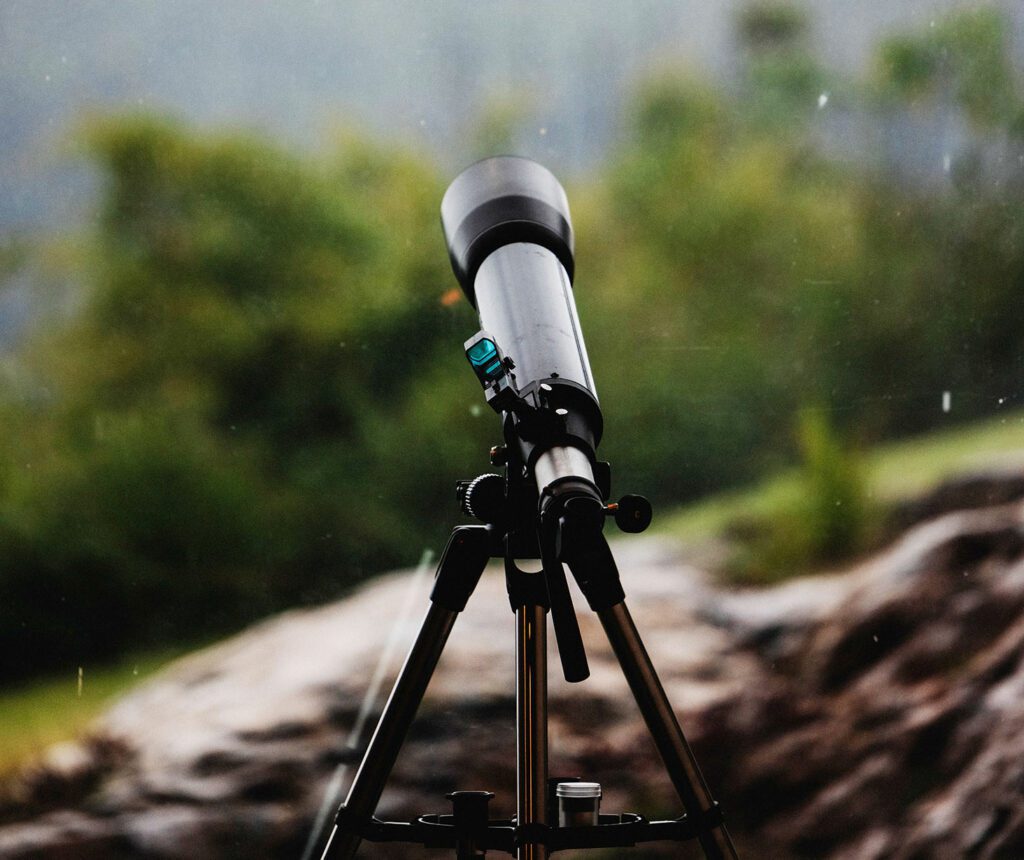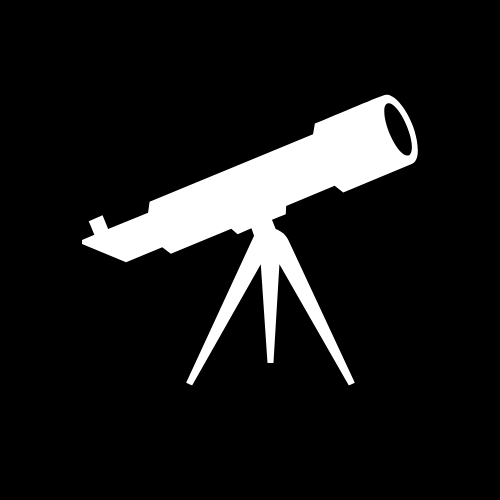Lifespan of a telescope

The lifespan of a commercial telescope can vary greatly depending on several factors, including the type of telescope, the quality of the materials and construction, and the amount of use and maintenance it receives. In general, a well-made telescope can last for many years with proper care and maintenance, allowing you to enjoy the wonders of the night sky for many years to come. However, there are several things to take into account to extend the lifespan of your telescope and ensure that it continues to perform at its best.
Key factors affecting a telescope‘s longevity
| Factor | Impact on Lifespan | Maintenance Tips |
|---|---|---|
| Optical Quality | High-quality optics tend to last longer. | Handle lenses/mirrors with care. |
| Usage Frequency | Frequent use can lead to wear and tear. | Regular checks and careful handling. |
| Maintenance | Proper maintenance extends lifespan. | Clean optics regularly, check for alignment. |
| Storage Conditions | Extreme conditions can damage components. | Store in a dry, temperature-controlled space. |
| Mechanical Parts | Moving parts may wear out over time. | Lubricate moving parts, check for loose screws. |
| Technological Advances | Older models may become obsolete. | Upgrade components as needed. |
| Environmental Factors | Humidity, dust, and sunlight exposure. | Protect from direct sunlight, dust, and moisture. |
| Handling and Transport | Rough handling can shorten lifespan. | Use proper carrying cases and handle with care. |
| Quality of Mount | A sturdy mount can enhance durability. | Ensure mount stability, check for wear and tear. |
| Upgrades and Repairs | Feasibility and availability of repairs/upgrades. | Consider repair services or DIY maintenance. |
Proper storage:
One of the most important factors in extending the lifespan of your telescope is proper storage. When not in use, store your telescope in a dry, dust-free place where it is protected from temperature extremes and moisture. This will help to prevent corrosion and deterioration of the materials.
Proper handling:
When using your telescope, be careful not to drop or bang it. This can cause damage to the optics or other components and reduce the lifespan of the instrument. Additionally, avoid handling the optical components with your bare hands, as the oils from your skin can damage the surface of the lenses and mirrors.
Cleaning:
Regular cleaning is important for maintaining the performance of your telescope. Dirt, dust, and other debris can accumulate on the optics, reducing the clarity of the images you see. Clean the optical components with a soft, lint-free cloth, and use a lens cleaning solution if necessary.
Maintenance:
Regular maintenance is also important for maintaining the performance of your telescope. This may include cleaning the optical components, tightening screws and bolts, and realigning the optics if necessary. Refer to the manufacturer’s instructions for recommended maintenance procedures and schedules.
Avoid moisture:
Moisture can be a major problem for telescopes, causing corrosion and damage to the metal components. Avoid using your telescope in humid environments or in the rain, and be sure to store it in a dry place when not in use.
Avoid extreme temperatures:
Extreme temperatures can cause thermal expansion and contraction of the materials, which can cause damage to the telescope. Avoid exposing your telescope to extreme heat or cold, and store it in a place where the temperature remains relatively constant.
Avoid overuse:
Overuse can also take a toll on your telescope, especially if it is subjected to frequent use in harsh conditions. Try to avoid using your telescope in dusty, sandy, or windy environments, and consider investing in a protective cover to keep it safe when not in use.
Upgrades:
Over time, new technology may become available that can improve the performance of your telescope. Consider upgrading your telescope with new optics, mounts, or other components if necessary to keep it performing at its best.
Professional repair:
If you experience any problems with your telescope, consider having it repaired by a professional. Attempting to repair it yourself can result in further damage, reducing the lifespan of the instrument.
Proper assembly:
Proper assembly is critical for ensuring that your telescope performs at its best. Refer to the manufacturer’s instructions for proper assembly procedures, and consider having a professional assemble the instrument if necessary.
High-quality materials:
Investing in a telescope made from high-quality materials will ensure that it lasts for many years. Look for telescopes made from durable materials such as aluminum, stainless steel, and high-quality plastics.
Quality of optics:
The quality of the optics, including the lenses and mirrors, is also an important factor in the lifespan of a telescope. Look for telescopes with coated optics, which help to reduce glare and improve image clarity.
Quality of mount:
The quality of the mount is also an important factor in the lifespan of the telescope. Look for mounts that are sturdy, stable, and easy to use. A well-made mount will help to reduce vibrations and provide a stable platform for viewing the night sky.
Quality of drive system:
The drive system is responsible for tracking the movement of celestial objects. Look for telescopes with a high-quality drive system that is precise and accurate.
Conclusion
The lifespan of a telescope is influenced by a variety of factors including its build quality, frequency of use, maintenance, and storage conditions. Proper care and regular maintenance are key to extending the life of a telescope, allowing it to provide many years of celestial exploration.
Whether you’re an amateur stargazer or a seasoned astronomer, understanding and addressing these factors will ensure that your telescope remains a reliable window to the universe for as long as possible. Remember, a telescope is not just an instrument, but a gateway to the wonders of the night sky.
FAQ Section for “Lifespan of a Telescope“
How Long Can a Telescope Last?
A well-maintained telescope can last for decades, with some lasting up to 20 years or more.
Does the Type of Telescope Affect Its Lifespan?
Yes, the build quality and type can impact its durability. Refractors often last longer due to fewer moving parts.
How Important is Regular Maintenance for a Telescope’s Lifespan?
Regular maintenance is crucial in extending the lifespan of a telescope.
Can Upgrading Parts Extend a Telescope’s Life?
Yes, replacing or upgrading parts like eyepieces or mounts can extend a telescope’s usability.
What Are the Common Signs of Wear in Telescopes?
Look out for misalignment, issues with the mount, and degradation of optical quality.
How Does Proper Storage Affect a Telescope?
Proper storage in a dry, temperature-controlled environment can prevent damage and extend its life.
Is it Expensive to Maintain a Telescope?
Basic maintenance is usually not expensive, but repairs for major damages can be costly.
How Does Frequent Use Affect a Telescope’s Lifespan?
Frequent use may lead to wear and tear, but with proper care, it shouldn’t significantly shorten the lifespan.
Can a Telescope Become Obsolete?
Technologically, yes. But many basic principles of telescope design remain constant, allowing older models to still be effective.
What Should I Do If My Telescope Gets Damaged?
Assess the damage first; minor issues might be fixable at home, while significant problems may require professional repair.
